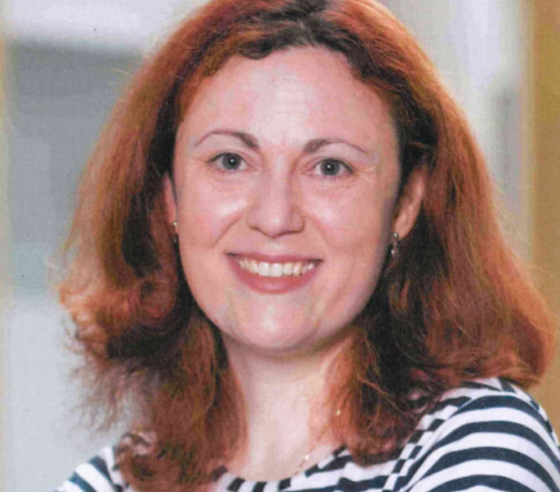Das Physikalische Kolloquium am 13. Mai 2024

Prof. Anna Isaeva, Universität van Amsterdam, Niederlande, spricht am Montag, den 13. Mai 2024, 17 Uhr s. t., im HS 04 (F.10.01) über "Atomic intermixing as a tool to design the magnetic ground state in magnetic topological insulators"
Abstract
Magnetic topological materials are a hotbed for exotic quantum phenomena such as the quantum anomalous Hall effect (QAHE), the topological magneto-electric effect, new topological states like axion insulators and magnetic Weyl semimetals. In reply to the high demand for optimized material systems, magnetic topological insulators made a decade-long journey [1] from extrinsically doped Bi2Te3 and (Cr,V)Bi2(Se,Te)3 heterostructures, on which the QAHE was experimentally discovered [2], to the intrinsically magnetic van der Waals material MnBi2Te4 [3]. The QAHE was observed in MnBi2Te4 thin films at notably higher temperatures of 6 K [4] than in [2], pointing at a perspective pathway of materials optimization towards more robust quantum effects. Since the bulk MnBi2Te4 is an A-type antiferromagnet with TN = 25 K, the task of fabricating structurally similar ferri- or ferromagnets with an increasing TC is pertinent.
MnBi2Te4 is the progenitor of a family of van der Waals materials (MnX2Te4)(X2Te3)n, X = Sb or Bi, n = 0–4, which I will introduce in my talk. Their crystal lattices are ordered stacking variants of septuple (MnX2Te4) layers hosting an ordered magnetic sublattice of Mn(II) atoms and of n quintuple (X2Te3) spacers. Varying intralayer and interlayer magnetic exchange couplings foster a rich palette of possible magnetic ground states, including ferri- and ferromagnetic. Besides the stacking order, a more subtle factor – Mn/X site intermixing [5] – influences the long-range magnetic order greatly. This phenomenon is particularly prominent in Mn1±xSb2Te4 where it raises the Curie temperature of a ferrimagnetic-to-paramagnetic transition from 27 to 58 K, while x varies in the range of 0.1–1.0 [6-9]. At higher x values, we document a structure transition to the cubic lattice symmetry in Mn2.7Sb1.3Te4 and Mn2.1Ge0.4Sb0.9Te4 which alters the band topology and magnetic order notably. Mn-enrichment results in very different ground states: whereas Mn2.7Sb1.3Te4 is a ferromagnet with the record high TC = 73 K, that bring magnetic topological materials close to the liquid nitrogen limit, Mn2.1Ge0.4Sb0.9Te4 is an antiferromagnet with TN = 25 K. With an aid of the ab initio calculations we look into the origins of this strong difference.
